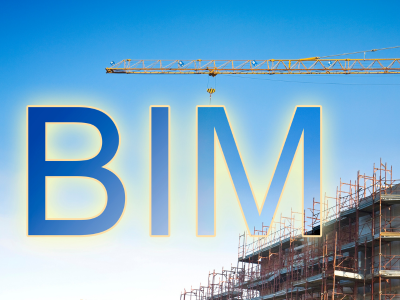
With 3D laser scanning technology, Scan to BIM is redefining the method of making BIM models by digitally capturing physical spaces or sites as point clouds and turning them into intricate BIM models. The essential part of this method is laser scanning, which allows for fast and accurate data acquisition, leading to enhanced project planning, innovation, and implementation. In this blog, we will discuss how scanning to BIM transforms reality.
How does BIM Relate to Scan-to-BIM?
Scan-to-BIM is quickly becoming a crucial step in the BIM process. Before a designer even starts, reality capture of as-built drawings conditions can give the model the most important information when a project involves an existing structure or site, which it will in most cases. Simply put, Scan-to-BIM uses laser scan data to digitally capture a physical place or site, which is used to build, develop, and maintain a BIM model. The AEC sector is seeing an upsurge in the requirement for BIM deployment and the presentation of BIM schematics for existing buildings.
What is the Distinction between a BIM Model and A 3D CAD Model?
Both kinds of models contain the geometric details of a real-world structure. In contrast, 3D CAD drawings depict a building using lines not arranged into objects in the model. This facilitates the relationship between the asset’s geometrical and functional information. In BIM models, lines are categorized into items, enhancing the efficiency and precision of architectural design services by providing a more detailed and organized approach to building representation.
Why is Scanning to BIM Important Now?
Many fascinating and creative technical developments have helped the AEC industry become more effective. The most important of these is scan-to-BIM. Scan-to-BIM or point cloud-to-BIM modeling techniques may be used in many remodeling projects. Here, data is derived through the use of laser scanning technology, and these insights are used to create practical 3D BIM models.
- Increased collaboration, openness, and communication are possible via Scan to BIM.
- The BIM model built using the scan data makes more dependability and quality control possible.
- Reduces the cost of building.
- Decision-making is accelerated, and project adjustments are made easier with Scan and BIM.
- By utilizing BIM at every stage of building, the project’s sustainability is increased.
- Using scan data to create a virtual BIM model helps avoid expensive construction mistakes.
Final Takeaway
The Scan to BIM method has improved construction projects, which turns real-world data into a smart 3D model. With its refined surveying tools and smooth data integration, this technology-driven strategy lowers expenses, boosts productivity, and saves time. Clients, surveyors, and architects can now rely on Scan to BIM for precise representations, increased transparency, and well-informed decision-making throughout the building process. Adopting Scan to BIM may make the construction sector more efficient and prosperous.


